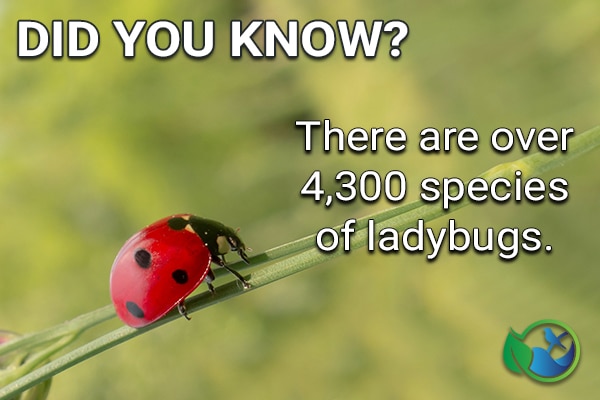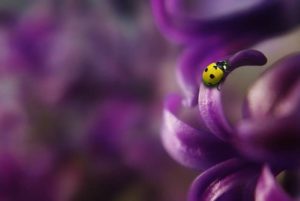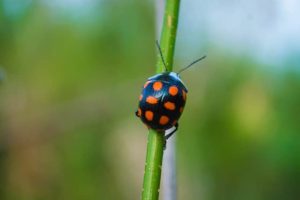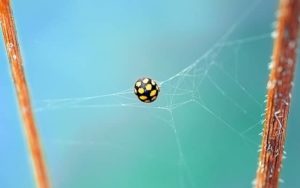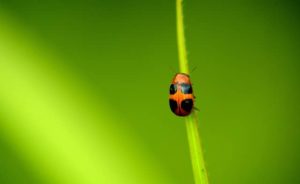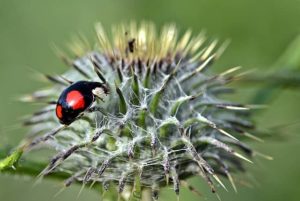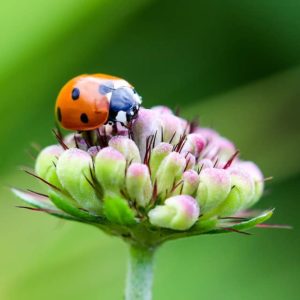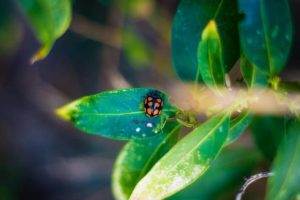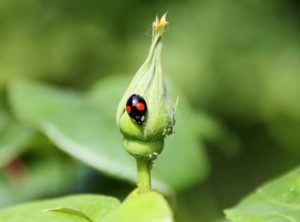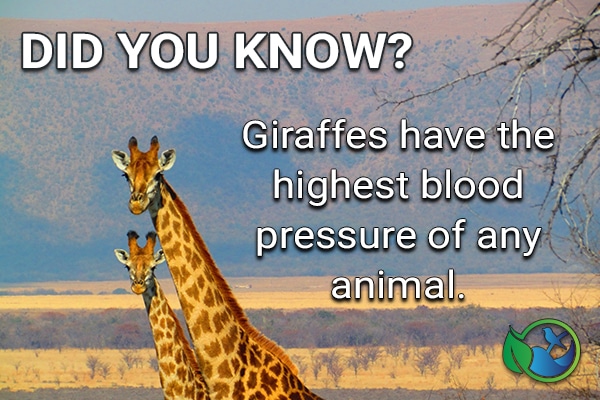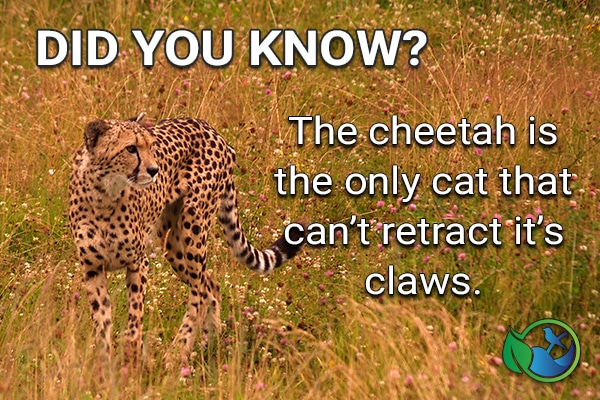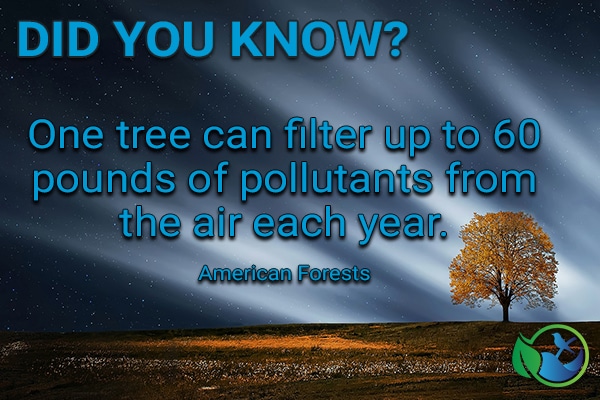Ladybugs, which are a type of small, flying beetle, are found all over the world, not including the far north and Antarctica. These insects are also known as ladybird beetles or lady beetles in other parts of the world. They are usually a beneficial species to ecosystems and to our gardens since they feed on aphids and other pests.
Ladybugs come in a variety of shapes, sizes and colours. They are usually elliptical in shape with domed bodies and six short legs. Some have spots, others have strips and some have no markings. It can be very easy to accidentally mistake a small beetle with a ladybug. Hopefully all of the following images are of ladybugs and not some other beetle!
By the way, it is a myth that you can tell the age of a ladybug by the number of spots they have. Their wings do change colour with age but the spots don’t fade or disappear. The spots are a warning to predators that might consider eating them. Ladybugs can be poisonous to small predators like lizards and birds, so the spots deter these predators from consuming them.
Want to learn more about ladybugs? Check out Everything About Ladybugs!
Need to identify a ladybug? The Discover Life website can help you do that.
Sources:
“Everything Ladybug! The source for Ladybug Stuff!”. Everything-ladybug.com. Retrieved 9 March 2018.
Seago, A. E.; Giorgi, J. A.; Li, J.; Ślipińskia, A. (July 2011). “Phylogeny, classification and evolution of ladybird beetles (Coleoptera: Coccinellidae) based on simultaneous analysis of molecular and morphological data”. Molecular Phylogenetics and Evolution. 60 (1): 137–151. doi:10.1016/j.ympev.2011.03.015. PMID 21426943.
Society, National Geographic. “Ladybugs, Ladybug Pictures, Ladybug Facts – National Geographic”. Retrieved 9 March 2018.
White, R.E. 1983. A field guide to the beetles of North America. Peterson Field Guide Series #29.


